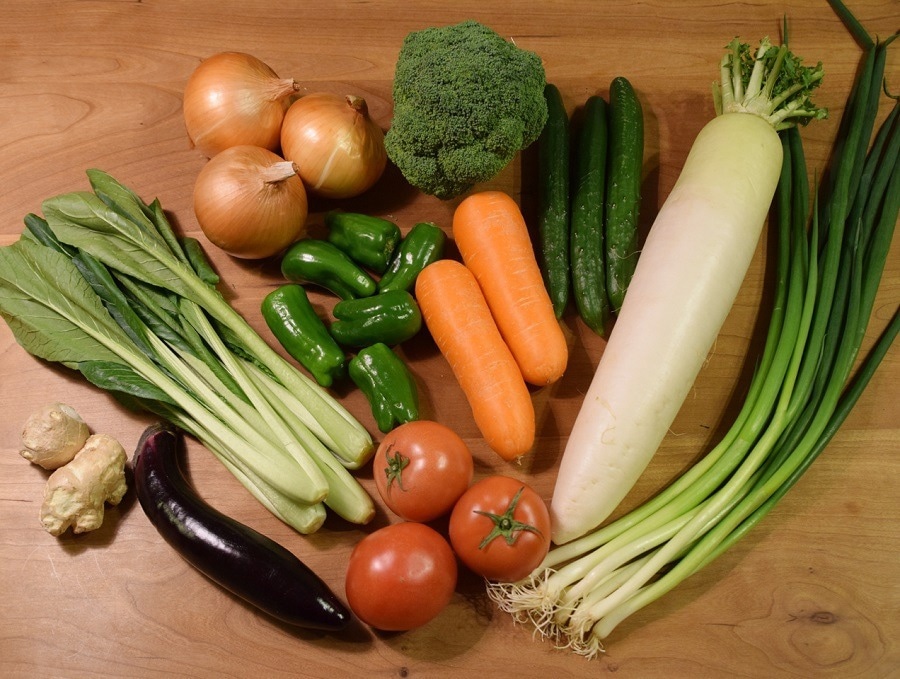Sulfur-rich foods, like onions and garlic, have long been recognized to have health-promoting properties. It has been difficult to investigate how food containing sulfur compounds enhances health because the levels—and types—of reactive polysulfides found in various vegetables have not been adequately assessed.

Image Credit: Osaka Metropolitan University
A team of researchers led by Assistant Professor Shingo Kasamatsu of the Osaka Metropolitan University Graduate School of Science developed a method for the selective and sensitive detection of reactive polysulfides, which can operate as strong antioxidants.
The team effectively assessed the total reactive polysulfide content of 22 vegetables, including onions and garlic, using mass spectrometry and a stable-isotope dilution approach. Their findings were reported in the journal Food Chemistry.
The researchers also tested the polysulfide concentration of vegetables to analyze the overall properties of the reactive polysulfide. As a result, they were the first to discover that large amounts of reactive polysulfides may be found not only in leeks (Allium), such as onions and garlic but also in cruciferous vegetables (Brassicaceae), like broccoli and cabbage.
The results of this study will provide a basis for research on reactive polysulfides in food, whose detailed properties and endogenous production mechanisms have not yet been clarified. This will significantly contribute to the development of the research field. In the future, we expect that this research will be helpful for developing foods and supplements rich in reactive polysulfide that exhibit superior antioxidant activity.
Shingo Kasamatsu, Assistant Professor, Graduate School of Science, Osaka Metropolitan University
Source:
Journal reference:
Kasamatsu, S., et al. (2023). Development of methods for quantitative determination of the total and reactive polysulfides: Reactive polysulfide profiling in vegetables. Food Chemistry. doi.org/10.1016/j.foodchem.2023.135610.